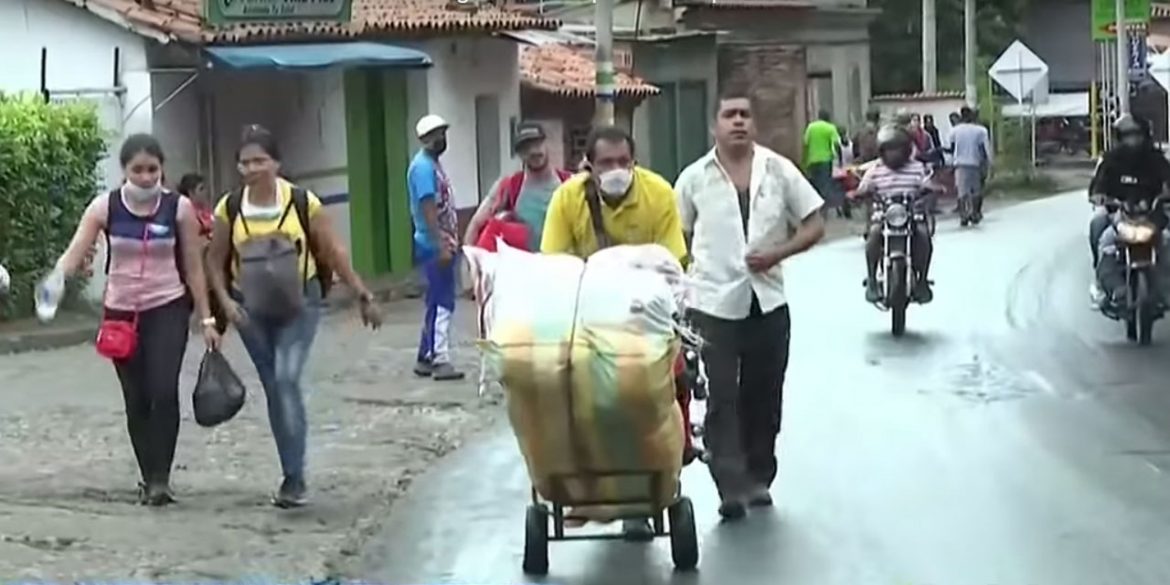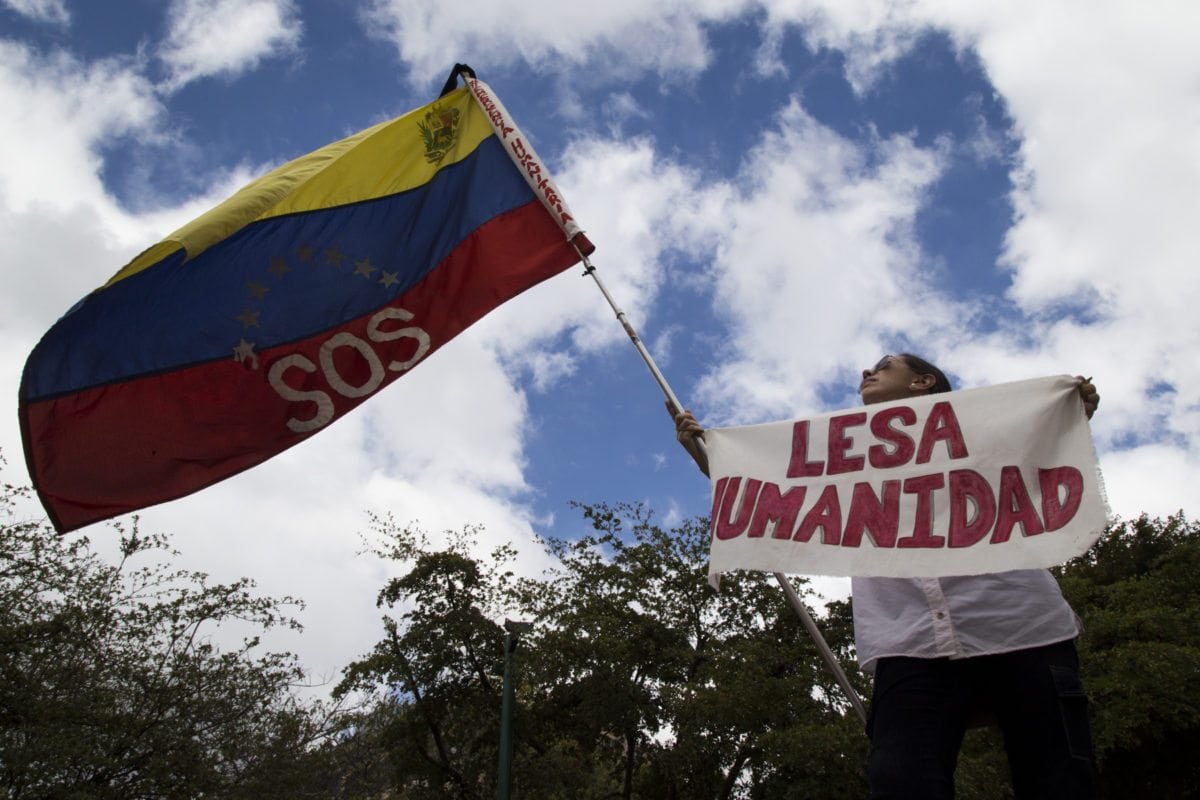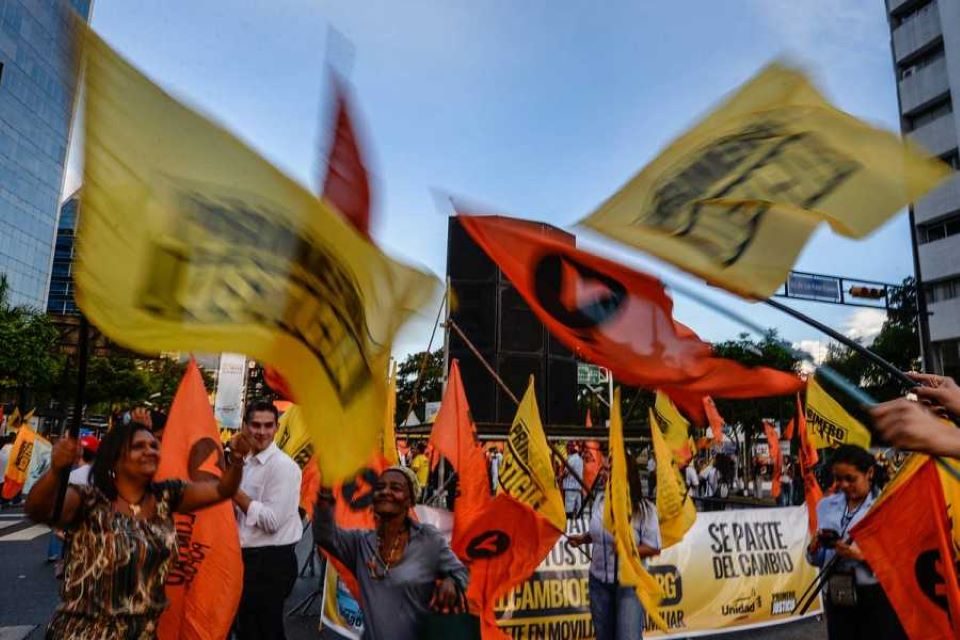Throughout history we have been able to observe how the nature of armed conflicts has changed. In recent decades there has been a reduction in inter-state conflicts in the face of an increase in intra-state conflicts; that is, most armed conflicts today occur within national borders.
The vast majority of these conflicts include massive human rights violations, that not only affect the population of the country itself, but constitute a threat to international peace and security. Faced with this situation, the international community has adopted mechanisms and principles through which it tries to protect the civilian population that is the victim of the conflict. One of these is the so-called “principle of responsibility to protect”.
The responsibility to protect represents an important step forward in this area, in the pursuit of multilateralism, international law, and the legitimacy of the United Nations as the governing body of relations between countries regarding this principle. However, its practical application is not simple. Its nature has not been defined and no clear criteria have been established about when it is to be applied, which hinders its implementation.
These difficulties can be observed in recent cases which have put the international community to the test. These cases are characterized by humanitarian emergencies, flagrant, continuous and progressive human rights violations against the civilian population, numerous fatalities, and an increase in the number of migrants and refugees.
One example of this is the Venezuelan situation, categorized as a complex humanitarian emergency, the product of a combination of factors ranging from political instability, breakdown and fragmentation of the State, generating conflicts and violence, until the gradual failure of development policies, the collapse of the formal economy, social inequalities, and underlying poverty affecting all areas of human life.
For these reasons, we at the Centro de Justicia y Paz (Center for Justice and Peace, Cepaz) consider it vital to provide a simple and brief explanation of what the principle of responsibility to protect implies, by way of four key questions:
What is the principle of the responsibility to protect?
The responsibility to protect is expressed in two paragraphs of the Final Document of the 2005 World Summit, established as follows:
“Each State is responsible for protecting its population from genocide, war crimes, ethnic cleansing, and crimes against humanity. This responsibility also covers the prevention of such crimes, including incitement to commit them, through the adoption of appropriate and necessary measures. We accept this responsibility and agree to act accordingly. The international community should, as appropriate, encourage and assist States in exercising this responsibility and assist the United Nations in establishing an early warning capability.”
Therefore, the so-called principle of the responsibility to protect is based on three fundamental pillars: a) each State has the primary responsibility to protect its population from mass crimes; b) the international community has the responsibility to assist States in the fulfillment of such protection; and (c) the international community should use diplomatic, humanitarian, and other peaceful means to protect populations from the above-mentioned crimes. If a State fails in its commitment to protect its population from or perpetuates such crimes, the international community must be prepared to take stronger measures, including the use of collective force through the United Nations Security Council.
In which cases is it applied?
While the States recognize their responsibility to protect their own population as their primary duty, it was established that this principle is applicable in cases of genocide, war crimes, and crimes against humanity.
These are serious crimes that are generally committed in the context of an armed conflict and have been specifically regulated under human rights law, and even criminalized for their subsequent punishment, as it is the case of the international treaty of the Rome Statute of the International Criminal Court.
However, it is important to emphasize that this principle does not apply to the criminal prosecution of these crimes, but rather the intervention of the international community to take actions to prevent, react, and rebuild when the State fails to protect its population.
How does this principle function with regard to State sovereignty and the use of force?
One of the most significant controversies regarding the application of this principle has been the respect of the sovereignty of each State and the intervention of third parties in their internal affairs.
The development of the content of this principle was based on the postulates of Public International Law and International Human Rights Law. For this reason, the responsibility to protect postulates a new concept of sovereignty, which is understood as a responsibility in two areas: respect for the sovereignties of other States, and respect for the human rights of the population itself
In this regard, sovereignty is treated as a duty and obligation, conditioned upon respect for human rights, which gives it a specific purpose: protection of human beings from the omission or insufficient capacity of the State to guarantee respect for the human rights of its population.
Another main point of debate on this principle has been the use of force to restore the status quo of a State.
Its founding document provides for the use of force only within the existing requirements of the Charter of the United Nations; that is, military action is acceptable to protect the population in cases of perpetuation of the aforementioned international crimes. A resolution by the Security Council is necessary to order or authorize military intervention, having qualified such a situation as a “threat to world peace” based on Article 39 of the Charter.
Therefore, based on the document issued at the 2005 Summit, the use of force will only be permitted under the parameters of the Charter and current International Law. Thus the Security Council retains a monopoly on the use of force at the international level, once it has exhausted peaceful means and demonstrated the State’s failure to protect its population.
However, it must be noted out that this task falls not only to the Security Council but also to the rest of the international community, as it assumes the willingness to take collective action in a timely manner to establish a strategy for protection and prevention that will be responsible for the fulfilment of this mandate.
Has this principle actually been applied?
Yes. The first time the Security Council formally referred to the responsibility to protect was in April 2006, in resolution 1674 on the protection of civilians in armed conflict. This allowed adoption of the first resolution for implementation of the principle in August of that same year, authorizing the deployment of United Nations peacekeepers in Darfur (Sudan).
In the past decade, the responsibility to protect has figured prominently in several resolutions adopted by the Security Council, such as in the following cases:
- Libya (2011)
- Ivory Coast (2011)
- Yemen (2011)
- Syria (2012)
Despite the progress made, it must be noted that much remains to be done, in order to reach the target set in 2005. Extremely worrying developments in recent years threaten to widen the gap between the commitments made by the Heads of State.
At present, there are a number of situations in which the population is at risk of becoming victims of crimes that could be prevented by way of the responsibility to protect, or where such crimes are already occurring. These crises are taking place in an environmental of reversal of respect for international humanitarian law and international human rights law, with widespread and flagrant attacks against protected civilian spaces and the civilian population.
This is where organizations in civil society must continue our work of documentation, denunciation and, dissemination, to become the historical memory and to warn of situations of grave emergency.
Cepaz is a non-profit organization that works in the promotion and defense of democratic values, human rights and the culture of peace in Venezuela.
It seeks to generate alternative proposals for training and promoting peace, democracy and human rights.
Under this mandate, its main areas of action are the empowerment of women, networks of activism and promotion of the culture of peace.
Likewise, it develops a specialized work for vulnerable populations, focusing on women.




